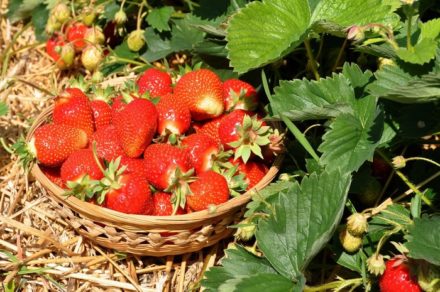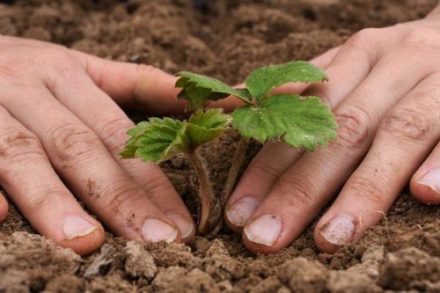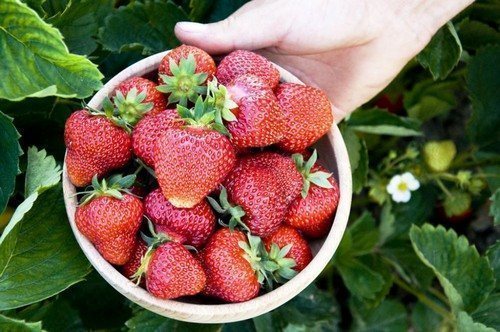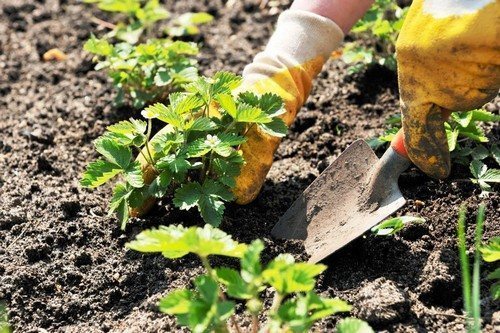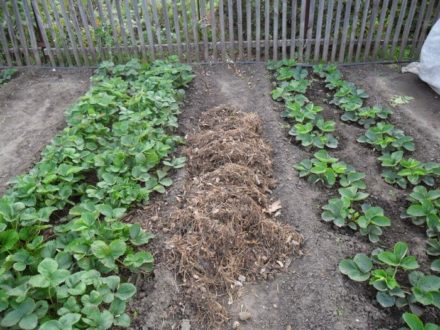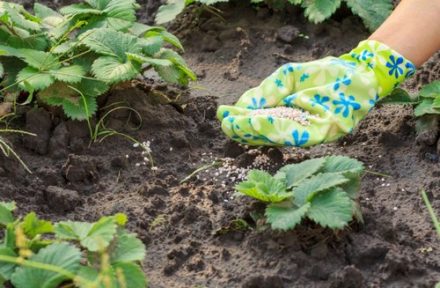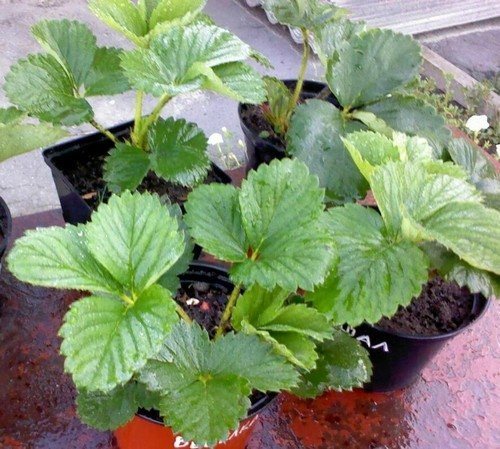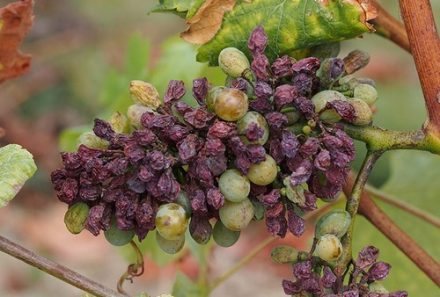When the strawberry yield decreases with each season, and increased care does not correct the situation, the bushes will have to be thrown out. The reason for the decrease in the number and size of berries may be illness, old age, or the wrong choice of planting location.
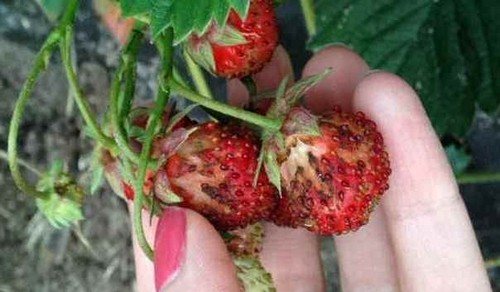
Aging strawberries
Depending on the variety, the cultivation period is 3-5 years. If strawberries are planted in the fall, the berries will appear next summer, but there will be few of them, since the plants are busy gaining mass of leaves during this period. In the second summer, the yield will be maximum.
If in the third year the number of berries has decreased, you need to get rid of the old bushes.
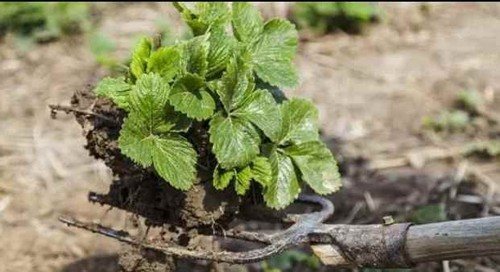
Otherwise, next season the yield will decrease even more, and the berries will become small. The bushes will still have to be changed, but the season will be lost. It is advisable to plant strawberries in another place, but if this is not available, the previous one must be disinfected.
Place of cultivation
Strawberries do not develop well in the shade, so they need to be planted on the south side of the site, where there are no bushes and trees. However, you cannot build beds in lowlands and wetlands. Strawberries grow best on chernozem, loamy and sandy soil. It does not take root on podzolic soils, even richly fertilized. In such cases, the beds are made from forest soil.
Yields also depend on the plants that were grown before the strawberries.If crops from the nightshade family (potatoes, tomatoes, eggplants) were previously planted in this place, you should not expect large berries. Most bushes will not even have flower stalks.
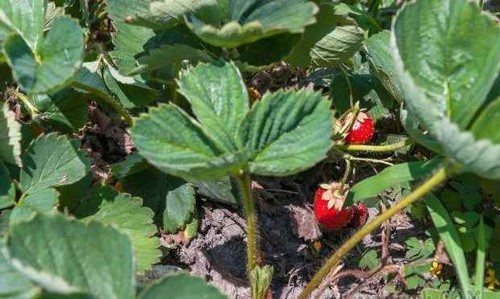
Planting strawberries after nightshades is possible only after three years. It develops better in places where plants of the cereal family previously grew.
Diseases of strawberry bushes
If, after planting young bushes on the sunny side of the plot, the berries begin to rot or dry out before they have time to ripen, then the strawberries are sick. Infection can also be judged by yellowing of the bushes, white coating on the fruits, and white or brown spots on the leaves.
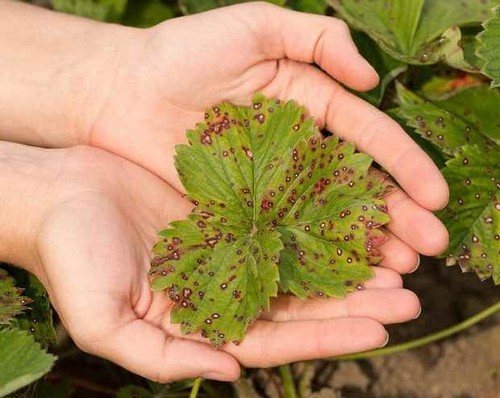
The cause of the disease can be:
- Bad weather. Prolonged rain or lack of sun for several days favors the growth of gray rot and powdery mildew.
- Infection from plants planted nearby.
- Overdose or incorrect choice of fertilizers.
- The spacing between bushes is too small.
If signs of infection of even one bush appear, treatment must be started immediately. If most of the plants are sick, you will have to completely clean the bed. You can plant strawberries in this place after 4-6 years. Diseased plants should not be left in the garden or used for compost. They are taken off site or burned.
Growing strawberries is impossible without constant care. Therefore, in the summer you will have to work hard. But the efforts will pay off with a rich harvest of large berries, from which you can make preparations for the winter and sell the excess.


